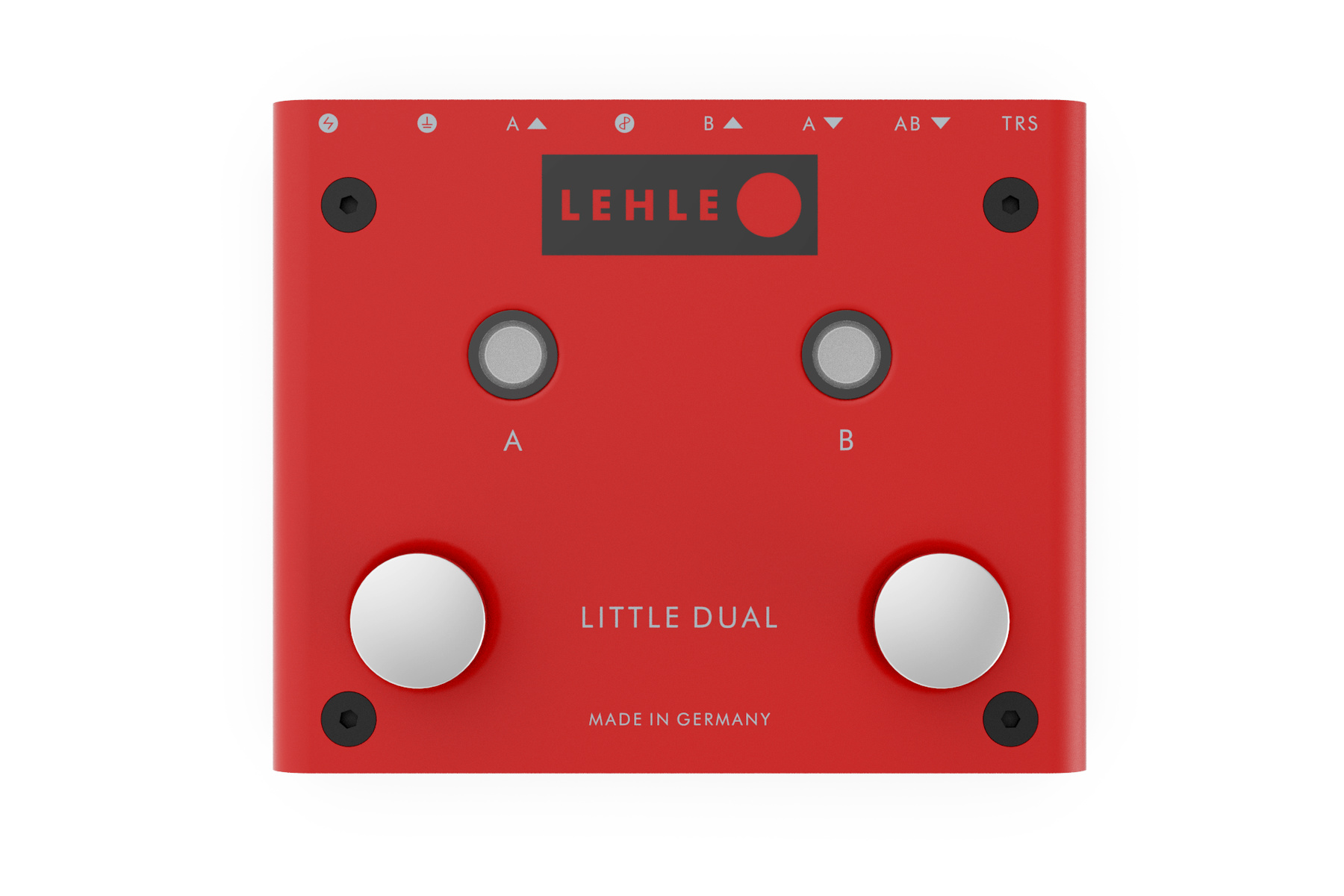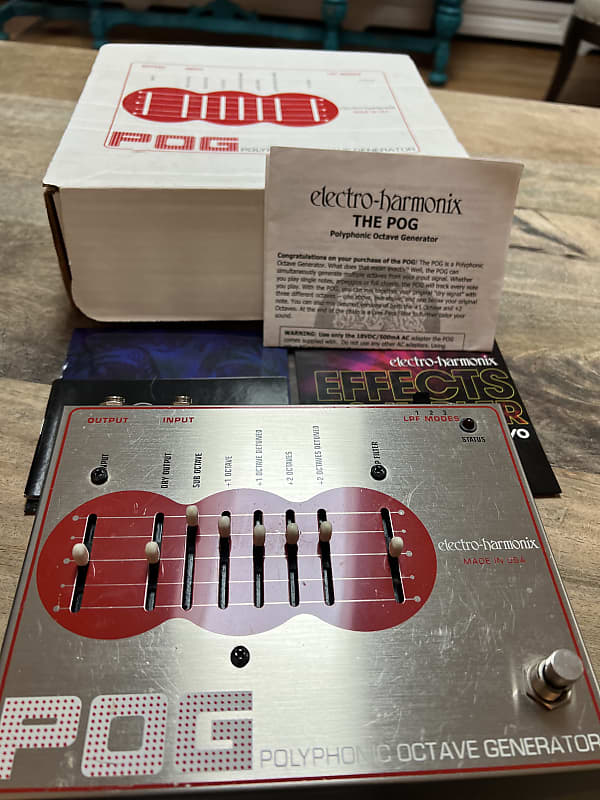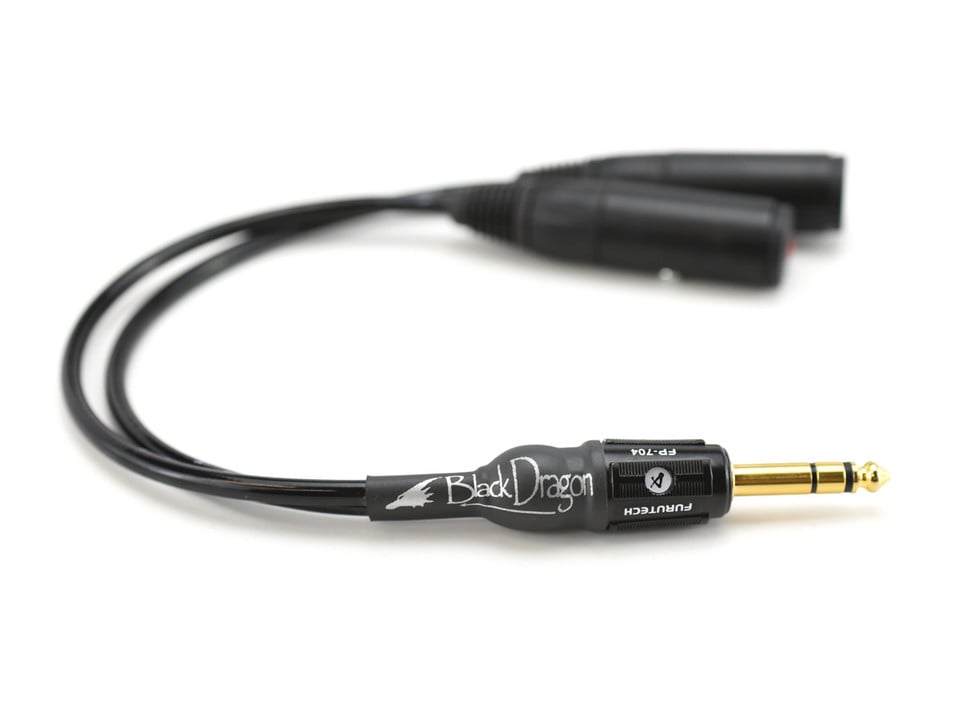- Messages
- 1,665
I know there’s a thread for doing this into a DAW, but for live applications, how would I play a single guitar, then have a guitar and bass sound amplified?
Assuming a split signal, one run into my Badlander, etc. the other going into some sort of Octaver then out to a bass rig… ?
Is there a pedal that already does this sort of thing easily, or is there a lot of jimmy-rigging to be done?
Then, assuming it’s doable, how much tap dancing to “solo” just the guitar or just the bass?
Assuming a split signal, one run into my Badlander, etc. the other going into some sort of Octaver then out to a bass rig… ?
Is there a pedal that already does this sort of thing easily, or is there a lot of jimmy-rigging to be done?
Then, assuming it’s doable, how much tap dancing to “solo” just the guitar or just the bass?







